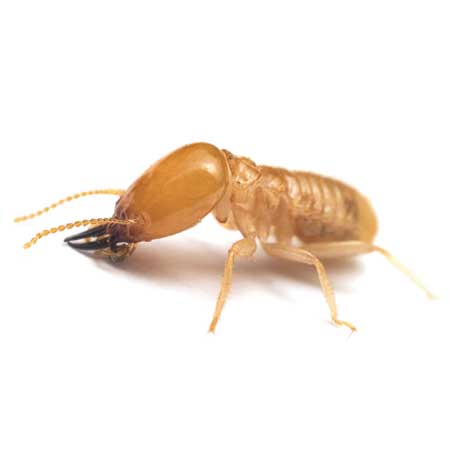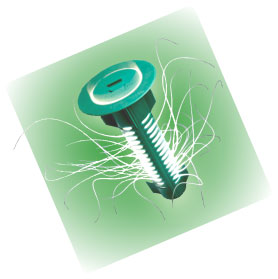5 Tell-Tale Signs of a Termite Infestation
Termites are one of the biggest problems homeowners face. According to the U.S. Department of Agriculture, termite damage occurs in approximately 600,000 homes across America each year. If you want to stop termite problems early, here are five signs you might have an infestation.
1. Pinpoint Holes in Drywall
If you notice small pinpoint holes in drywall that you didn't make, that's a sign that you've got a termite infestation. Termites will happily eat drywall because it's partially made of cellulose, so keep an eye out for any pinpoint holes and call a pest control company if you spot them.
2. Hollow Sounding Wood
You can also knock lightly on some of the wood structures around your home to see if they sound hollow. When you knock or tap on wood, you should be able to hear that it's solid. If wood sounds hollow, there's a good chance it is a result of a termite infestation.
3. Unusually Squeaky Floorboards
It's not unusual for floorboards to get a bit squeaky over time, but your floorboards shouldn't be especially squeaky. Unusually squeaky floorboards, especially if it's happening all of a sudden, might be a result of termite damage.
4. Buckling Floorboards
In some cases, termites can cause so much damage to your floorboards that they can actually cause them to buckle. Buckling floorboards are a big problem because when one floorboard buckles, it affects all the other floorboards in its vicinity. If you notice a floorboard buckling suddenly, it may be time to call the pest control company.
5. Discolored Drywall or Peeling Paint
Discolored drywall and peeling paint, especially peeling paint that looks like the result of water damage, are two common signs of termites. Termites can cause extensive damage as they eat through different parts of your home, so you need to do more than keep an eye on exposed support beams and other structures that are obvious targets.
Termites can be a big problem for homeowners, especially if you don't recognize the signs early on. It's important to keep an eye out for these top five signs and call a pest control company if you think you have an infestation. If you've got a termite problem you can't get rid of, contact Essential Pest Control today to get it under control.


